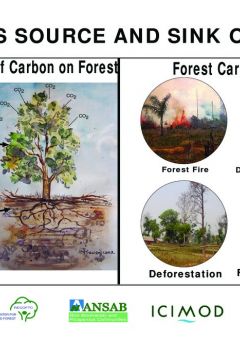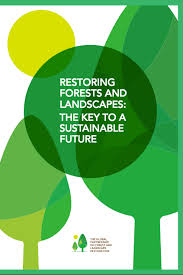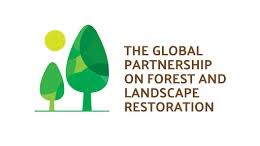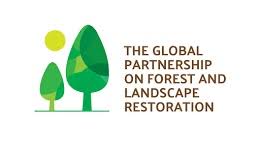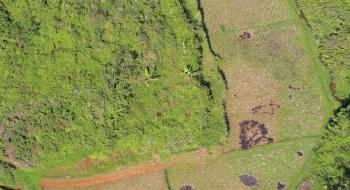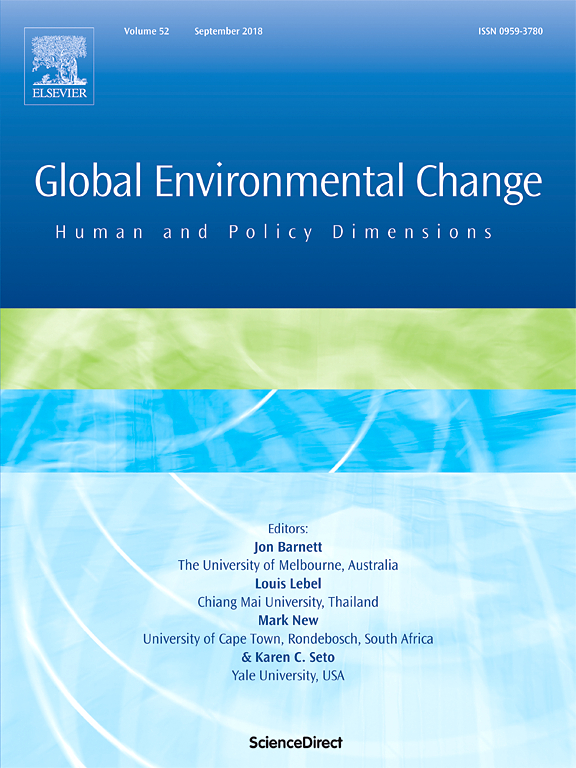Posters on climate change and REDD+
The Grassroots Project team in the focal countries have developed posters targeting local forest stakeholders, to raise their awareness on climate change and REDD+. Each country's poster is developed in the context of the local audience.
These sets of posters comprises of simple illustrations that explain the concept of climate change and REDD+ , and the role of forests and the communities.
The posters are available in English, Myanmar language and Lao.

